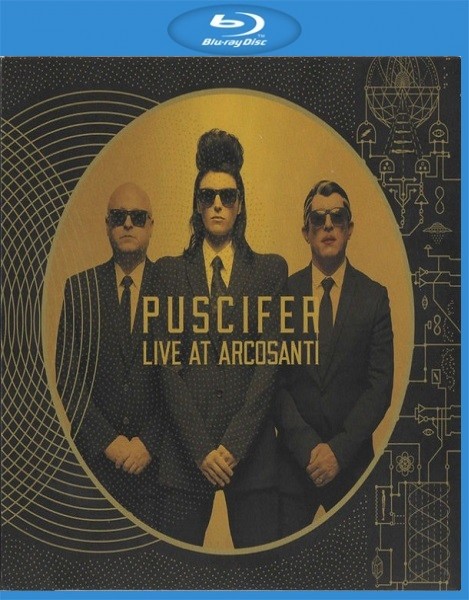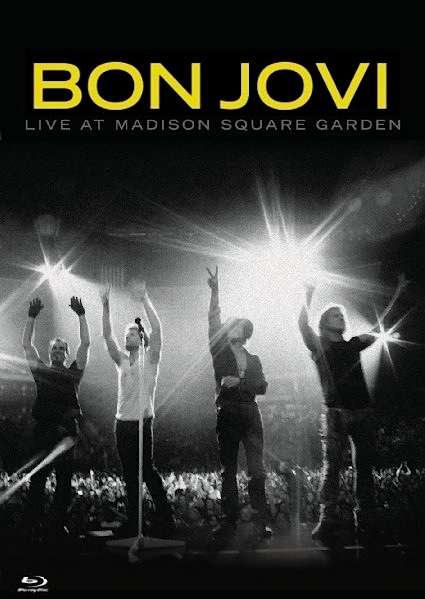![Norrköping Symphony Orchestra, Christian Lindberg - Allan Pettersson: Symphony No. 9 (1970) (Gehrmans) (2013) [Official Digital Download 24bit/96kHz] Download](https://imghd.xyz/images/2022/10/15/e44xowtx3wqlb_600.jpg)
Norrköping Symphony Orchestra, Christian Lindberg – Allan Pettersson: Symphony No. 9 (1970) (Gehrmans) (2013)
FLAC (tracks) 24 bit/96 kHz | Time – 01:10:11 minutes | 1,18 GB | Genre: Classical
Studio Masters, Official Digital Download | Digital Booklet, Front Cover | © BIS
Allan Pettersson composed his Ninth Symphony in 1970, two years after the Seventh had been given a triumphant première conducted by Antal Dorati. This had brought him greater recognition than ever before, but at the same time his health was deteriorating even further, and shortly after completing the Ninth Pettersson was hospitalized for a period of nine months. It is striking that he at such a time should have chosen to compose what is the longest of all his works – in the score Pettersson himself estimated the duration to ‘65–70 minutes’, and the first recording of the work actually lasted for more than 80 minutes. As so many of the symphonies, the work is in one single movement which may be described as an extended struggle in which harmony is the ultimate winner. As Pettersson himself had said about an earlier work: ‘If one fights one’s way through a symphony one needs to achieve consonance and harmony even if it takes twenty hours to do so.’ In the case of the Ninth, this harmony is summed up more concisely than ever before or after, in the final two chords which form a plagal or ‘Amen’ cadence in F major. Completing a cycle for BIS of Pettersson’s symphonies, Christian Lindberg and the Norrköping Symphony Orchestra have been receiving great critical acclaim for previous instalments – most recently a Sixth described in International Record Review as ‘a release that could well be the ideal introduction to Pettersson’s singular musical vision’. About the same disc, the reviewer in Gramophone wrote: ‘Lindberg’s empathy for Pettersson’s music is once again shown in the Sixth, where he catches its dark atmosphere to perfection, pacing its progress through the succession of climaxes superbly well.’
(more…)
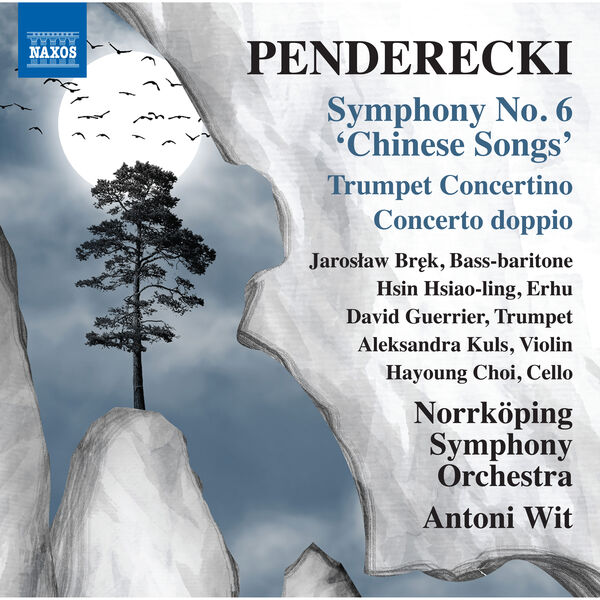
Norrkoping Symphony Orchestra, Antoni Wit – Penderecki: Symphony No. 6 “Chinesische Lieder”, Trumpet Concertino & Concerto doppio (2023)
FLAC (tracks) 24 bit/96 kHz | Time – 01:00:51 minutes | 1,08 GB | Genre: Classical
Studio Masters, Official Digital Download | Front Cover | © Naxos
Penderecki’s Symphony No. 6 ‘Chinese Songs’ is an intimate, chamber-scale work for bass-baritone and orchestra. It sets eight Chinese poems in German adaptations linked with interludes for the two-stringed erhu. It proved to be Penderecki’s last completed symphony and is imbued with great pathos as well as melodic beauty. The Trumpet Concertino is taut, spirited and full of dextrous interplay between the soloist and orchestra. His single-movement Concerto doppio for violin, cello and orchestra, is a work of keen unpredictability.
Read more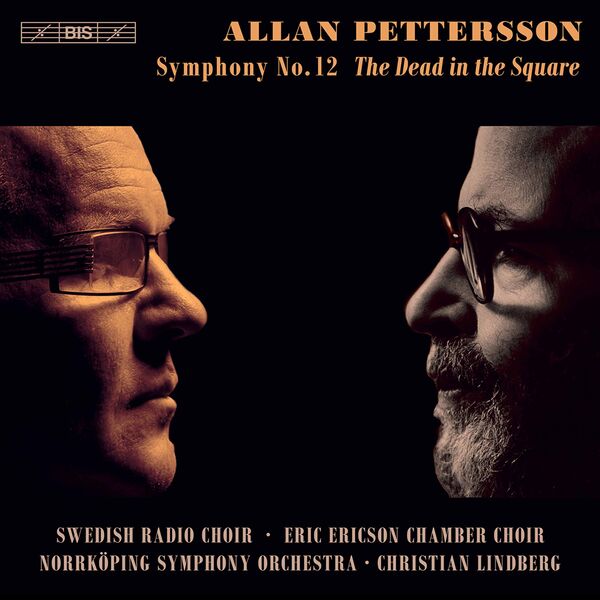
Swedish Radio Choir, Eric Ericson Chamber Choir, Norrköping Symphony Orchestra & Christian Lindberg – Pettersson: Symphony No. 12 “The Dead in the Square” (2021)
FLAC (tracks) 24 bit/96 kHz | Time – 55:40 minutes | 1009 MB | Genre: Classical
Studio Masters, Official Digital Download | Front Cover | © BIS
The Twelfth Symphony forms an exception in Allan Pettersson’s output. When he agreed to compose a work for the 500th anniversary of Uppsala University, it was one of the few commissions that he ever accepted. Having written purely orchestral scores for the past 30 years, he decided to incorporate a choir and a text. Pablo Neruda had received the Nobel Prize in 1971, and acknowledging the poet’s ‘deeply felt compassion for the outcasts of society’, Pettersson selected nine poems from the huge collection Canto general for his new work. As Pettersson was composing the symphony, Neruda died during the tumultuous aftermath of the military coup in Chile on 11 September 1973. The poems deal with an incident in Santiago de Chile in 1946 when six demonstrators were killed by the police during a workers’ manifestation. Pettersson, who came from a working-class background, commented on the subject matter: ‘My heart was, and is, with the poor of Chile, so like the worker in the ‘third world’ in which I grew up.’ Typically Pettersson, the symphony is in one movement. The choral parts are highly demanding – the choir sings almost without interruption, and often very forcefully and in difficult registers. The Swedish Radio Choir and Eric Ericson Chamber Choir, two of Sweden’s finest choirs, have combined their forces for this recording and join the Norrköping Symphony Orchestra and Christian Lindberg on the latest installment in the team’s acclaimed Pettersson cycle.
Read more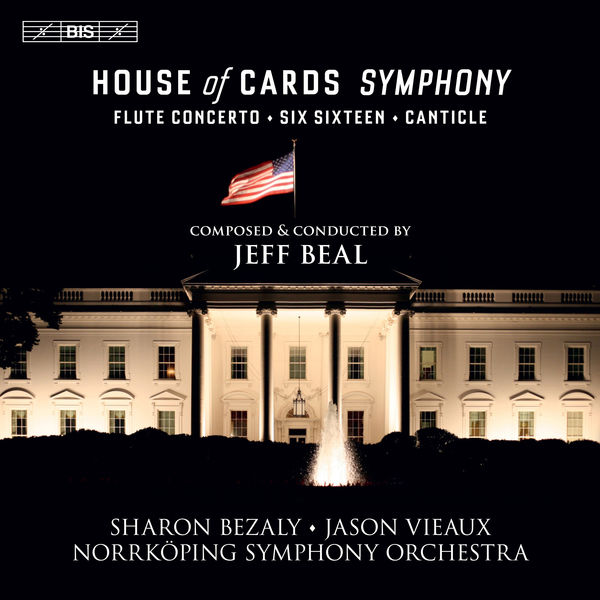
Norrköping Symphony Orchestra & Jeff Beal – Jeff Beal: House of Cards Symphony (2018)
FLAC (tracks) 24 bit/96 kHz | Time – 02:12:23 minutes | 2,20 GB | Genre: Classical
Studio Masters, Official Digital Download | Front Cover | © BIS
This release grew out of the fascination of Robert von Bahr, founder and managing director of BIS Records, for the television series House of Cards. It wasn’t only – or even primarily – the script or the acting that grabbed him, however, but just as much the music. Said and done – Jeff Beal, the composer of the House of Cards soundtrack, was contacted and it was soon decided that he should compose a Flute Concerto for the virtuosic Sharon Bezaly. To complement the concerto a selection of music from the series was agreed upon, but with five seasons worth of installments to choose from, this quickly grew into a large-scale House of Cards Symphony which at 83 minutes takes up an album all on its own. So now the decision was made to record and present a lavish release, with three further works: Six Sixteen for guitar and orchestra (performed by Grammy winner Jason Vieaux), Canticle for strings and a brand new House of Cards Fantasy for flute and orchestra. The Norrköping Symphony Orchestra has received international acclaim for its recordings of the hyper-intense music of modernist Allan Pettersson, but here, under the direction of the composer himself, it has taken to the new idiom and welcomes the additional instruments necessary to bring out that House of Cards feeling: electric guitar and bass guitar, drum kit, piano and flugelhorn.
Read more![Johan Dalene, Norrköping Symphony Orchestra, Daniel Blendulf - Tchaikovsky & Barber: Violin Concertos (2019) [Official Digital Download 24bit/96kHz] Download](https://imghd.xyz/images/2023/03/23/e0lpc74x4z86b_600.jpg)
Johan Dalene, Norrköping Symphony Orchestra, Daniel Blendulf – Tchaikovsky & Barber: Violin Concertos (2019)
FLAC (tracks) 24 bit/96 kHz | Time – 58:47 minutes | 997 MB | Genre: Classical
Studio Masters, Official Digital Download | Digital Booklet, Front Cover | © BIS
Born in 2000, Swedish violinist Johan Dalene is already making an impact on the international scene. His refreshingly honest musicality, combined with an ability to engage with musicians and audiences alike, has won him many admirers. Johan began playing the violin at the age of four and made his professional concerto debut three years later. A student at the Royal College of Music in Stockholm, he has also worked closely with mentors including Janine Jansen, Leif Ove Andsnes and Gidon Kremer. Johan has been a prize winner at a number of competitions, most recently the prestigious Carl Nielsen Competition at which he won First Prize.
(more…)
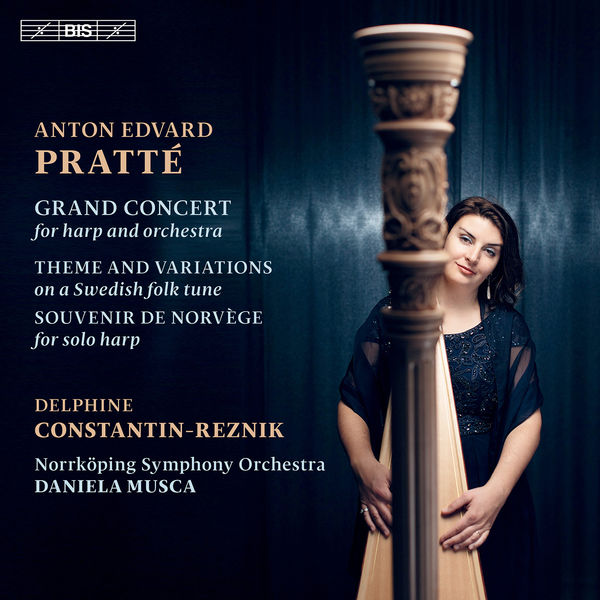
Delphine Constantin-Reznik, Norrköping Symphony Orchestra & Daniela Musca – Pratté: Harp Works (2021)
FLAC (tracks) 24 bit/96 kHz | Time – 01:13:16 minutes | 1,17 GB | Genre: Classical
Studio Masters, Official Digital Download | Front Cover | © BIS
It was when Delphine Constantin-Reznik took up the post as harpist in the Norrk”oping Symphony Orchestra that she first came across the name Anton Pratt’e, well-known in his lifetime as a harpist and composer. Her research into the music and activities of this forgotten master has now resulted in the very first recording of any of his numerous compositions for the harp. Anton Edvard Pratt’e was born in Bohemia into a family that ran a touring puppet theatre. He came to Sweden as an adolescent, and soon made a name for himself, performing music of his own as well as by others. Pratt’e gave concerts across Sweden, as well as in Norway and Finland, and in the 1840s even went on an extensive tour of Europe, performing in Berlin (where members of the Prussian royal family were in the audience), Vienna and Prague. But much of his life was spent in the area around Norrk”oping where he taught the daughters of wealthy landowners and for a while conducted the local orchestra society – the forerunner of the Norrk”oping Symphony Orchestra heard in the Grand Concert which opens the present disc. This is followed by two works for solo harp, both making use of traditional tunes from Sweden and Norway respectively.
Read more
Ellen Nisbeth, Norrköping Symphony Orchestra & Christian Lindberg – Pettersson: Symphony No. 15 & Viola Concerto (2022)
FLAC (tracks) 24 bit/96 kHz | Time – 01:07:21 minutes | 1,22 GB | Genre: Classical
Studio Masters, Official Digital Download | Front Cover | © BIS
Allan Pettersson’s Symphony No. 15 is characterized by a high degree of tension right from the striking opening: brief, emphatic chords from horns and trombones above the tremolo of a side drum. Soon an expressive melodic subject is heard from the first violins, followed by contrasting rapid scales – at which point Pettersson has presented the greater part of the symphony’s building blocks. Like so many of the composer’s symphonies, the 15th is in one movement, but with clearly defined sections. It was completed in 1978, two years before Pettersson’s death, and was followed in 1979, by the sixteenth symphony, the last work that the composer submitted for performance.
Read more![Ronald Brautigam, Norrköping Symphony Orchestra, Andrew Parrott - Beethoven: Piano Concertos WoO4 and No.2 (2009) [Official Digital Download 24bit/44,1kHz] Download](https://imghd.xyz/images/2022/08/25/BkJKEJi.jpg)
Ronald Brautigam, Norrköping Symphony Orchestra, Andrew Parrott – Beethoven: Piano Concertos WoO4 and No.2 (2009)
FLAC (tracks) 24 bit/44,1 kHz | Time – 58:04 minutes | 507 MB | Genre: Classical
Studio Masters, Official Digital Download | Digital Booklet, Front Cover | © BIS
Released in 2008, Beethoven’s First and Third Piano Concertos as interpreted by Ronald Brautigam and the Norrköping Symphony Orchestra under Andrew Parrott (BIS-SACD-1692) have been making an impression on critics all over the world. The freshness of the performances have struck many, for instance the reviewer in the German magazine Fono Forum who wrote: ‘Here Mozartian grace and Haydnesque wit join hands – and both concertos gain from it, in the flowing, breathing pulse, in intimacy, in nobility and unassuming beauty … a great moment.’ His colleague in Fanfare (USA) was in complete agreement, writing that ‘the music is unshackled from the dark and heavy blanket that so many performances impose on the score … a unique and, perhaps, revelatory take on the music.’ Teaming up again, the same performers now offer us the youthfully fresh Concerto No. 2 – which was actually conceived long before the First Piano Concerto – as well as two rarities. The first of these is the Piano Concerto in E flat major, WoO4, sometimes referred to as Beethoven’s ‘Concerto No.0’. Composed in 1784, when Beethoven was only 13 years old, it is a fully developed three-movement work that displays much imagination, harmonic control and sense of form, as well as a striking level of virtuosity. The work has survived in a contemporary copy of the piano part, incorporating directions showing that the original orchestra consisted of two flutes, two horns, and strings. For this recording Ronald Brautigam has made his own reconstruction of the orchestral score. The third work on the disc is also one without opus number, namely the Rondo in B flat major, WoO6, composed during the long gestation of Concerto No.2 and probably at one stage intended as the finale of this work.
(more…)
![Ronald Brautigam, Norrköping Symphony Orchestra, Andrew Parrott - Beethoven: Piano Concertos Nos 1 & 3 (2008) [Official Digital Download 24bit/44,1kHz] Download](https://imghd.xyz/images/2022/08/25/7318599916927_600.jpg)
Ronald Brautigam, Norrköping Symphony Orchestra, Andrew Parrott – Beethoven: Piano Concertos Nos 1 & 3 (2008)
FLAC (tracks) 24 bit/44,1 kHz | Time – 01:07:16 minutes | 563 MB | Genre: Classical
Studio Masters, Official Digital Download | Digital Booklet, Front Cover | © BIS
If they have not already heard the recordings themselves, everyone with an interest in Beethoven will at least have heard reports of Ronald Brautigam’s ongoing cycle of the complete music for solo piano. Performed on the fortepiano, this project has been greeted with enormous interest by the reviewers. One contributing factor has been the choice of instrument, which has brought new perspectives to the music, causing one reviewer to expect a cycle ‘that challenges the very notion of playing this music on modern instruments, a stylistic paradigm shift’ (Fanfare). But more important for the critical success have been the direct and immediately engaging interpretations. ‘One has almost the feeling of being Beethoven’s contemporary, one of the first, infinitely surprised – not to say shocked – listeners to this music’ as the reviewer in Süddeutsche Zeitung phrased it, backed up by his colleague in International Record Review, writing about the Moonlight Sonata: ‘a Presto agitato from hell; such controlled fury and unrelenting intensity, yet musical to the core, and never banged out. It took sometime before I was able to unpin myself to the wall…’
(more…)
![Ronald Brautigam, Norrköping Symphony Orchestra, Andrew Parrott - Beethoven: Piano Concertos in D, Op. 61 & No.4 (2009) [Official Digital Download 24bit/44,1kHz] Download](https://imghd.xyz/images/2022/08/25/7318599916934_600.jpg)
Ronald Brautigam, Norrköping Symphony Orchestra, Andrew Parrott – Beethoven: Piano Concertos in D, Op. 61 & No.4 (2009)
FLAC (tracks) 24 bit/44,1 kHz | Time – 01:09:34 minutes | 577 MB | Genre: Classical
Studio Masters, Official Digital Download | Digital Booklet, Front Cover | © BIS
In 1806, Beethoven composed two concertos – the Fourth Piano Concerto followed by the Violin Concerto Op. 61. In both cases the composer soon returned to the works to produce new versions, and it is these later versions that are presented here. At the public première of the Fourth Piano Concerto in 1808, Beethoven performed the piano part very ‘capriciously’ according to his pupil Carl Czerny, playing many more notes than are to be found in the printed edition. A clear indication of what Beethoven played comes from his copyist’s orchestral score, in which the outer movements contain annotations in the composer’s hand. These have been transcribed by Beethoven scholar Barry Cooper who, in his insightful liner notes, describes this rarely recorded 1808 version as ‘strikingly inventive’ and ‘more sparkling, virtuosic and sophisticated than the standard one’. In the case of the Opus 61 concerto, Beethoven succeeded in writing what many consider to be the quintessential violin concerto. Less well-known is the fact that soon after the first performance, Beethoven produced an arrangement of the solo part for piano, modifying the violin part slightly in the process. When the work was first published, it was as a concerto for violin or piano. Worth noting is that although Beethoven did not compose any cadenzas for the violin, he did so for the piano version. The one for the first movement is especially striking, in that it includes a part for timpani, reminding us of the timpani solo that begins the entire work. Ronald Brautigam and the Norrköping SO under Andrew Parrott have received acclaim for two previous discs of Beethoven’s works for piano and orchestra: ‘These well-known works emerge as if freshly minted’ wrote International Record Review about Concertos Nos. 1 and 3, while the German magazine Piano News hailed the release of No.2 and the youthful Concerto WoO4 as ‘a magnificent recording in which Brautigam demonstrates his stylistic expertise, and which shows what a splendid pianist he is.
(more…)

Ulf Wallin, Norrkoping Symphony Orchestra, Christian Lindberg – Allan Pettersson – Violin Concerto & Symphony No.17 (fragment) (2019)
FLAC (tracks) 24 bit/96 kHz | Time – 01:01:06 minutes | 1,17 GB | Genre: Classical
Studio Masters, Official Digital Download | Front Cover | © BIS
In terms of genre, Allan Pettersson was uniquely single-minded: during his entire career as a composer (1953–80) he produced only a dozen or so works that were not symphonies. By name, Violin Concerto No. 2 is one of these, but it is fair to say that it straddles the divide. Pettersson himself remarked: ‘In reality my work was a Symphony for violin and orchestra. From this results the fact that the solo violin is incorporated into the orchestra like any other instrument.’ It should therefore not come as a surprise that Christian Lindberg has chosen to include this massive 53-minute work in his acclaimed and award-winning series of Pettersson’s symphonies, realised in collaboration with the Norrköping Symphony Orchestra. The concerto was written in 1977, 28 years after its predecessor, the Concerto for Violin and String Quartet (1949). In that work, written while Pettersson was still studying, the composer was experimenting with radical ideas that are not to be found in his later compositions. Concerto No. 2 is rather characterized by the central role given to one of Pettersson’s Barefoot Songs – a trait that appears in several other mature works. Throughout the score, the song ‘The Lord walks in the meadow’ provides motivic material but is also quoted extensively. The hugely challenging solo part was first performed by Ida Haendel in 1980, and is here taken up by Ulf Wallin, who with an extensive discography has already proved himself to be one of the most intrepid violinists of today. The disc closes with Pettersson’s last musical thoughts: a 207-bar long fragment generally regarded and referred to as a sketch for the composer’s Seventeenth Symphony. The fragment has been performed in public on one or two occasions, but it is only now that a wider public is given the opportunity to hear it.
Read more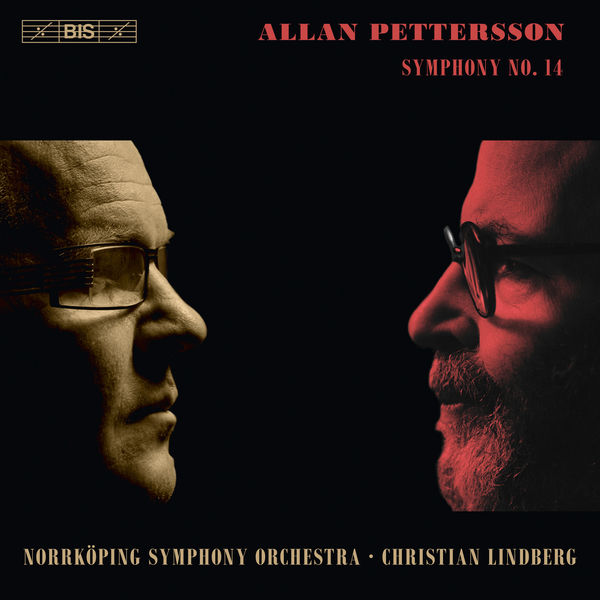
Norrköping Symphony Orchestra, Christian Lindberg – Pettersson: Symphony No. 14 (2017)
FLAC (tracks) 24 bit/96 kHz | Time – 52:38 minutes | 972 MB | Genre: Classical
Studio Masters, Official Digital Download | Front Cover | © BIS
In their series of Allan Pettersson’s symphonies, Christian Lindberg and the Norrköping Symphony Orchestra have arrived at the Fourteenth Symphony, completed in 1978 and given its first performance in 1981, one year after the death of the composer. As several of its predecessors, No. 14 is in one extended movement and is scored for large forces, including an expanded percussion section. But there are also important traits that set it apart. Pettersson, who had studied twelve-tone composition for René Leibovitz in the early 1950’s, never adopted the technique fully but in the present work the traces are more evident than in his other symphonies: the opening few bars contain all of the notes of the chromatic scale, and throughout the work Pettersson makes extensive use of compositional techniques associated with twelve-tone music. In several earlier works, Pettersson had alluded to his song cycle ‘Barefoot Songs’, but in the present symphony he quotes himself extensively – the melody of Klokar och knythänder (Wise Men and Clenched Hands) appears no less than five times in its entirety and becomes crucial to the structure of the symphony. The present disc is the sixth instalment in a series that has received distinctions such as Empfehlung (klassik-heute.de), Clef d’or 2011 (ResMusica.com), isco excepcional (Scherzo) and Critics’ Choice (Gramophone). Included with the new recording is a bonus DVD containing a film produced by Swedish Television after the death of the composer. In the course of the film, here provided with English subtitles, we meet the composer himself, members of his family, colleagues from his time as an orchestral player and musicians such as the violinist Ida Haendel.
Read more


